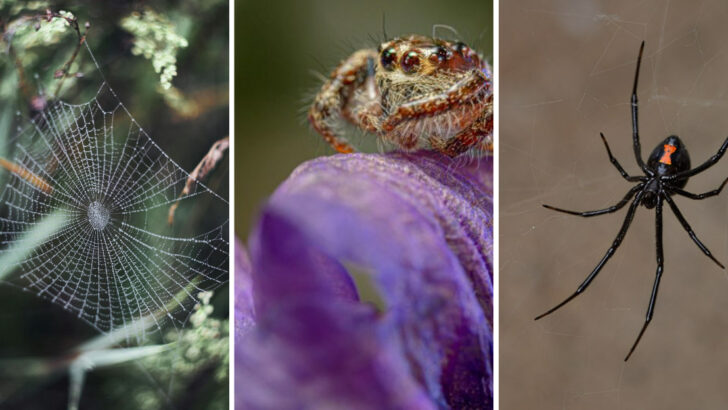Spiders get a bad reputation, but they’re some of nature’s most extraordinary architects, hunters, and survivalists. While they often spark fear, their abilities are nothing short of incredible.
Did you know some spiders can slow their heart rate to survive underwater? Or that others use electric fields to “fly” without wings? These creatures are more than just creepy crawlies—they’re marvels of evolution.
If you’re brave enough to keep reading, you’re in for some mind-blowing (and slightly spine-tingling) facts about the world’s most misunderstood arachnids.
Unique Silk Production

The silk produced by spiders is a marvel of natural engineering. Stronger than steel and more elastic than rubber, it serves multiple purposes.
From weaving intricate webs to creating egg sacs and wrapping prey, silk is vital for survival. Some species even use it as a lifeline to escape predators.
Spiders can produce different types of silk, each with unique properties tailored to specific needs. It’s fascinating how nature has equipped these creatures with such versatile tools.
This adaptability showcases the intricate balance of evolution and survival in the arachnid world.
Diverse Species
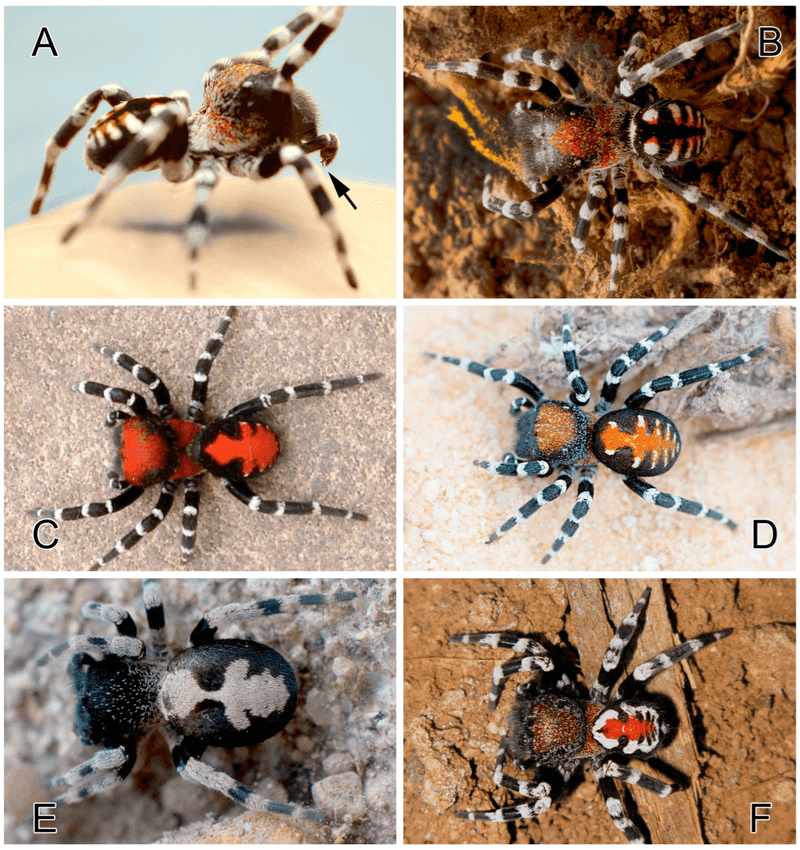
With over 45,000 known species, spiders exhibit a wide array of colors, sizes, and behaviors. From the tiny jumping spiders with their vibrant hues to the larger tarantulas lurking in the shadows, diversity is immense.
This variety allows them to inhabit nearly every corner of the globe. Each species has evolved to adapt to its environment, showcasing nature’s creativity and resilience.
Observing these differences highlights the incredible adaptability and survival strategies spiders employ. It’s a testament to their evolutionary success over millions of years.
Hunting Techniques
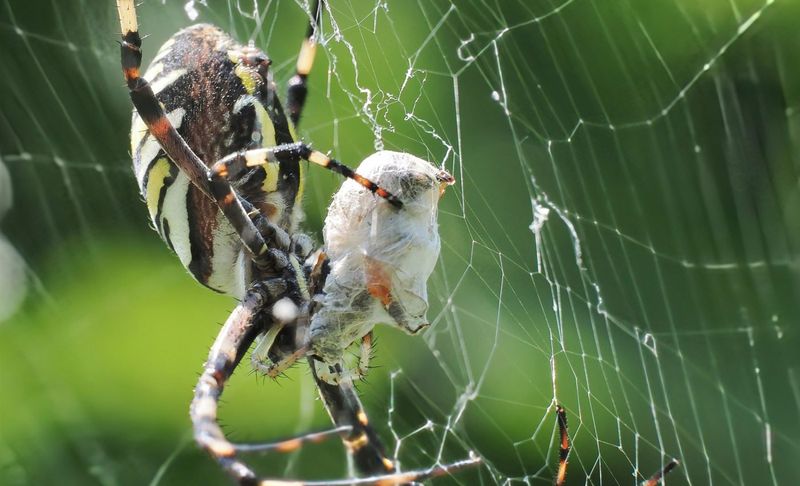
Spiders have evolved countless hunting techniques to capture their prey. While some lie in wait, camouflaged within their environment, others actively pursue their targets.
Orb weavers spin intricate webs to ensnare insects, while jumping spiders rely on agility and precision. Trapdoor spiders, on the other hand, create hidden burrows to ambush unsuspecting victims.
Each method is a result of evolutionary adaptation, ensuring survival in diverse habitats. These strategies highlight the complexity and intelligence of spiders as effective hunters in the natural world.
Venom Variety
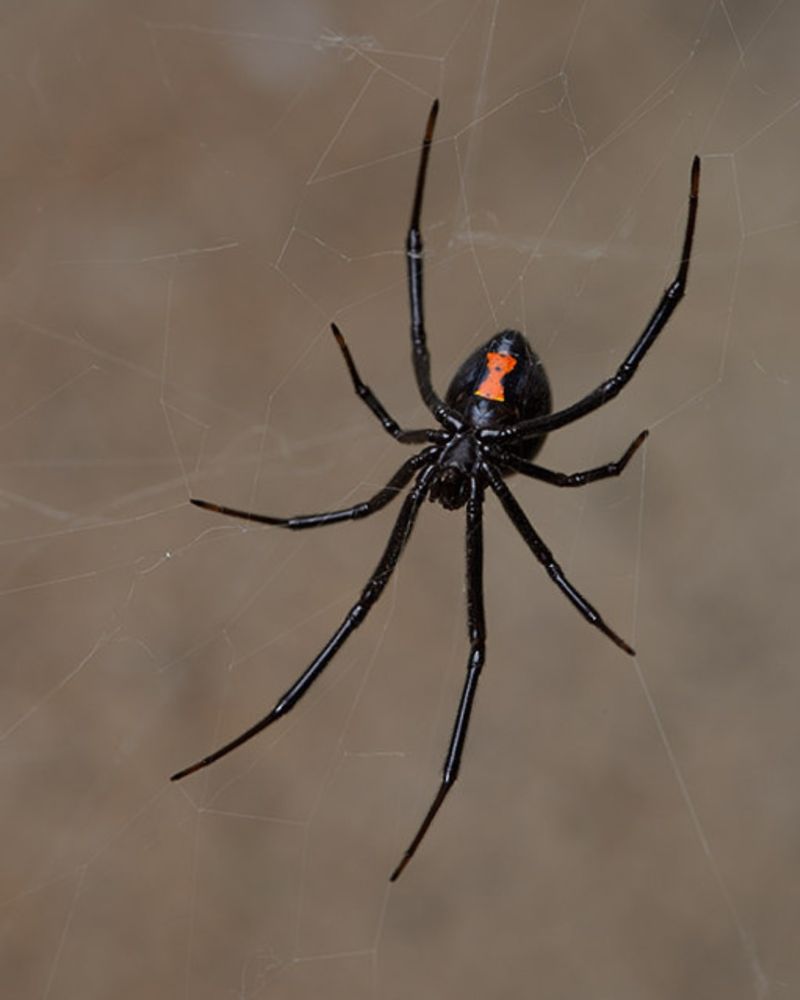
Spider venom is as diverse as the species themselves. While most are harmless to humans, a few possess potent toxins.
These venoms serve multiple purposes: subduing prey, aiding digestion, and deterring predators. The composition of venom varies greatly, tailored to the spider’s ecological niche.
Some, like the Black Widow, have toxins that can affect human nervous systems. However, the majority use their venom for small insects and animals.
Understanding these chemical cocktails gives insight into the evolutionary adaptations that make spiders efficient predators.
Exceptional Vision
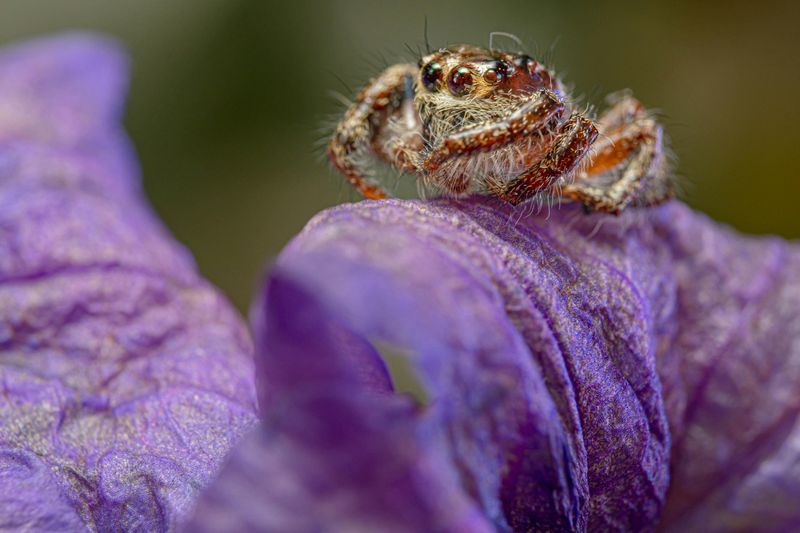
Some spiders possess remarkable vision, rivaling even that of humans. Jumping spiders, for instance, have large, forward-facing eyes that provide excellent depth perception.
This enables them to accurately judge distances when leaping toward prey. Their visual acuity is a critical tool for survival, allowing precise movements in complex environments.
This exceptional eyesight is not just about capturing food; it also aids in detecting potential threats. Such visual prowess is a testament to the evolutionary advancements that equip spiders for life in diverse habitats.
Role in Ecosystem
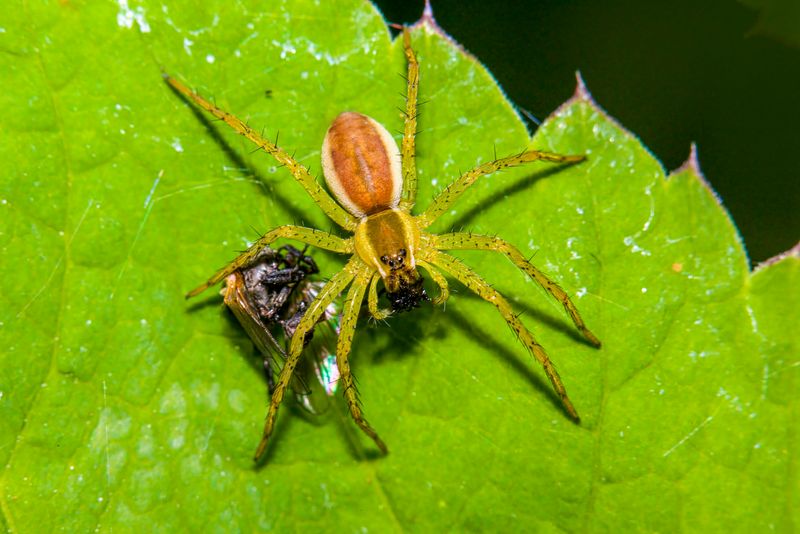
Spiders play a vital role in maintaining ecological balance. As natural pest controllers, they keep insect populations in check, preventing crop damage and disease spread.
Their presence is essential in gardens and forests, where they contribute to biodiversity. By regulating insect numbers, spiders support the food chain, benefiting birds and other wildlife.
This ecological role is often underappreciated, yet it underscores the importance of spiders in our environment. Recognizing their contribution can help shift perceptions and foster appreciation for these misunderstood creatures.
Unique Mating Rituals
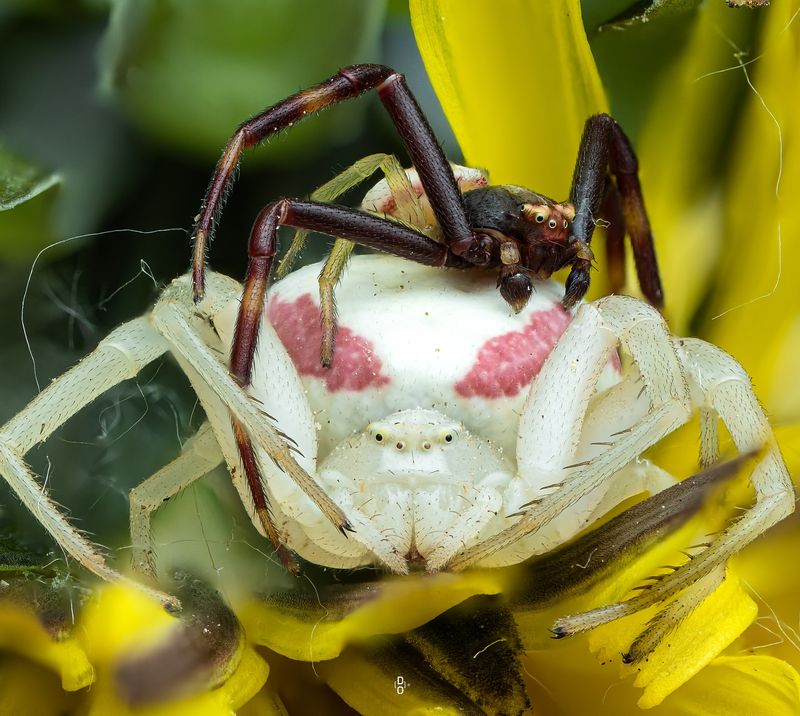
The world of spider courtship is both fascinating and complex. Males often perform elaborate dances or offer gifts to woo potential mates.
These rituals vary significantly across species, reflecting diverse evolutionary pressures. Some males risk becoming a meal, approaching cautiously to avoid triggering a predatory response.
This dynamic interaction ensures only the most adept suitors succeed, passing on their genes. Such intriguing behaviors highlight the delicate balance of attraction and survival in the spider kingdom.
Understanding these rituals offers a glimpse into the intricate social lives of spiders.
Survival Adaptations
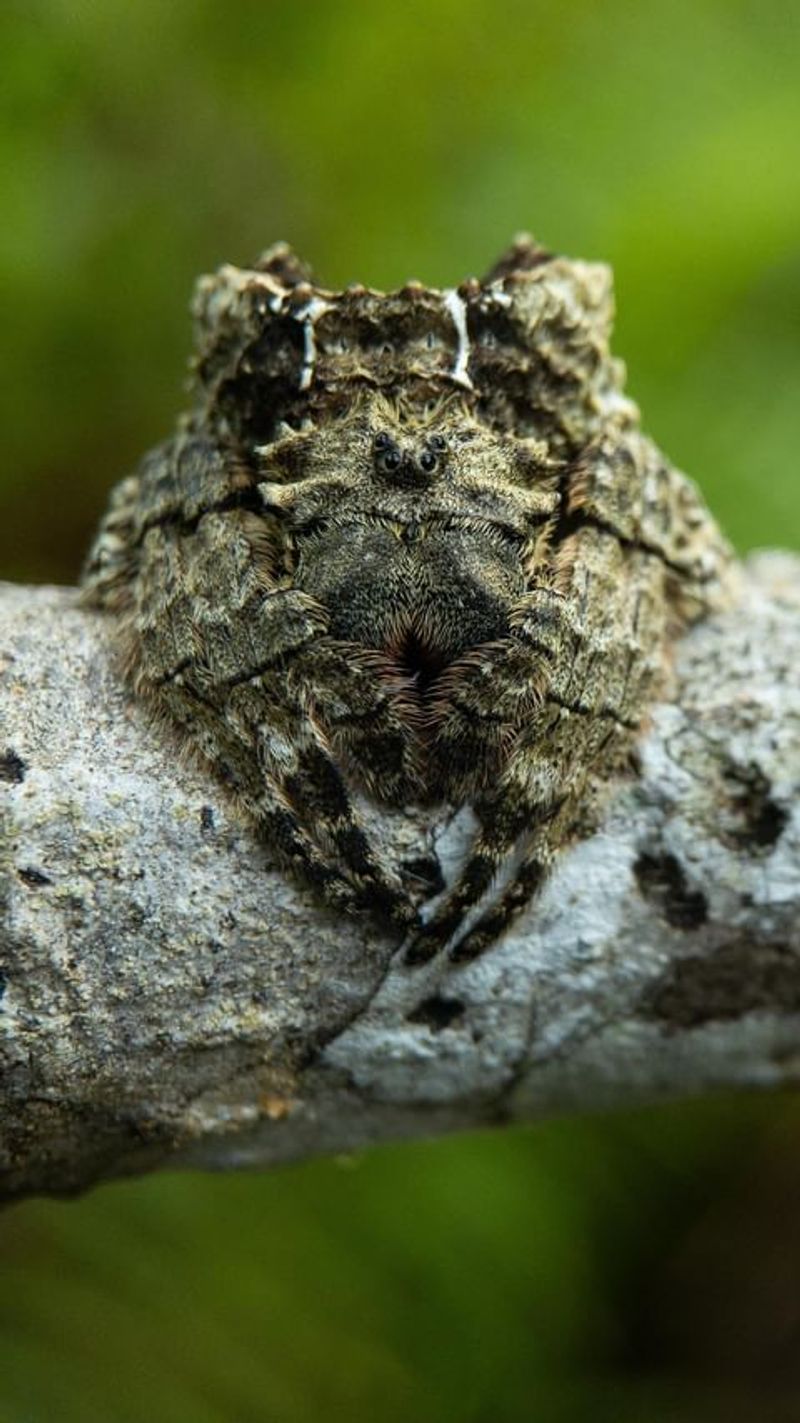
Spiders have developed incredible adaptations to survive in diverse environments. Camouflage is common, with some species mimicking leaves or bark to evade predators.
Others, like the wolf spider, rely on speed and agility. Some even possess the ability to regenerate lost limbs after an encounter.
These adaptations are not just physical; behavioral strategies also play a crucial role. Whether it’s mimicry or sheer speed, each adaptation is a testament to the evolutionary ingenuity of spiders.
Observing these traits reveals the complex interplay of survival mechanisms in the natural world.
Web Architecture

The architecture of a spider’s web is a masterpiece of biological engineering. Each web type serves a specific purpose, from catching prey to creating a shelter.
Orb webs, with their radial symmetry, are efficient traps, while funnel webs provide a retreat. The precision in crafting these structures is astonishing, reflecting a blend of instinct and skill.
Spider webs also communicate information, such as the presence of an intruder or availability of food. This intricate web construction highlights the sophistication of spiders in utilising their environment to thrive.
Cultural Significance
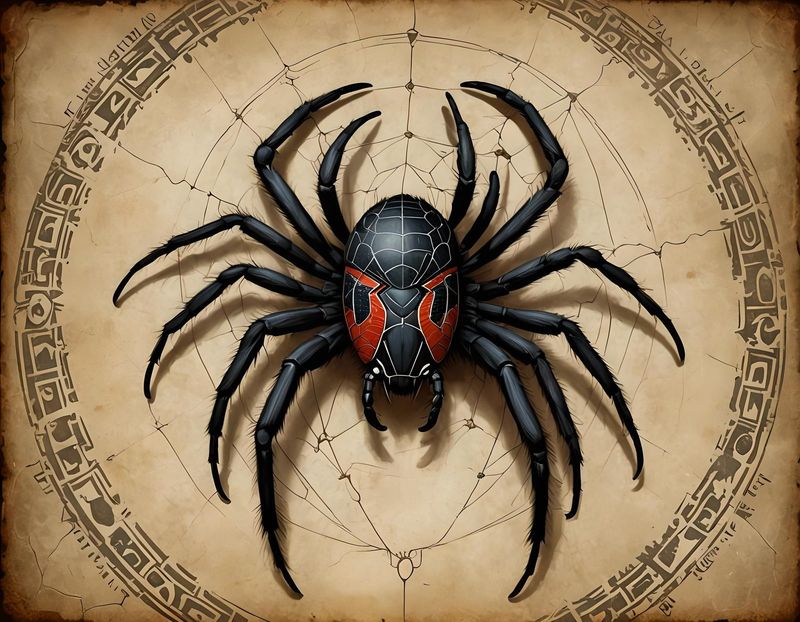
Spiders hold a significant place in culture and mythology. From ancient symbolism to modern interpretations, they are often seen as creatures of mystery and transformation.
In some cultures, they are revered as symbols of creativity and patience. Stories and legends depict them as wise and cunning, emphasizing their intricate web-making abilities.
This rich cultural tapestry reflects humanity’s long-standing fascination with spiders. By understanding their symbolic roles, we gain insights into human psychology and our relationship with nature.
Spiders continue to inspire awe and curiosity across generations.
Medical Contributions
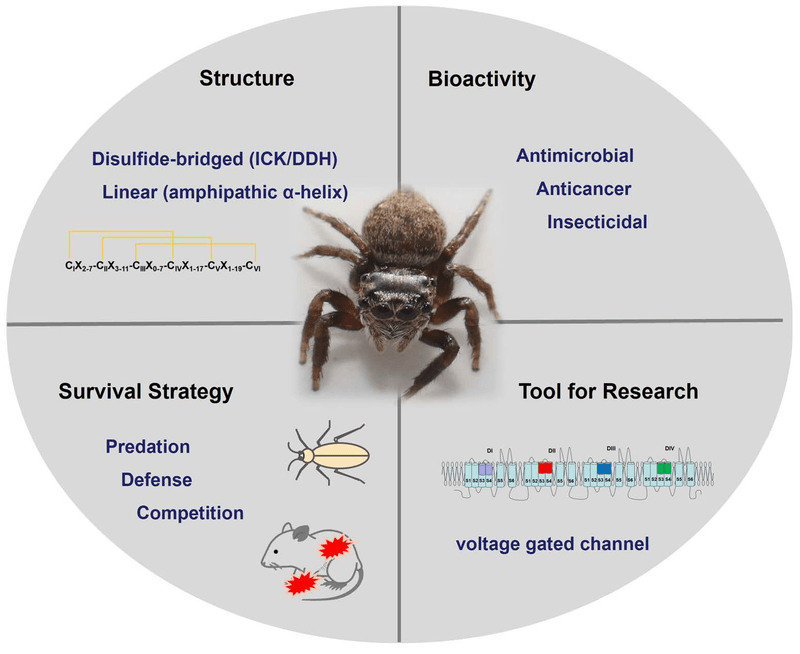
Spider venom is not just a tool for hunting; it holds potential in medicine. Researchers study its components to develop new treatments for pain, heart conditions, and neurological disorders.
The complexity of venom offers a unique chemical library for drug discovery. Some compounds have shown promise in creating eco-friendly pesticides.
This medical potential underscores the value of biodiversity and the need for conservation. By protecting spider habitats, we preserve opportunities for scientific advancements.
The intersection of arachnid biology and medicine highlights the untapped possibilities within nature’s arsenal.

